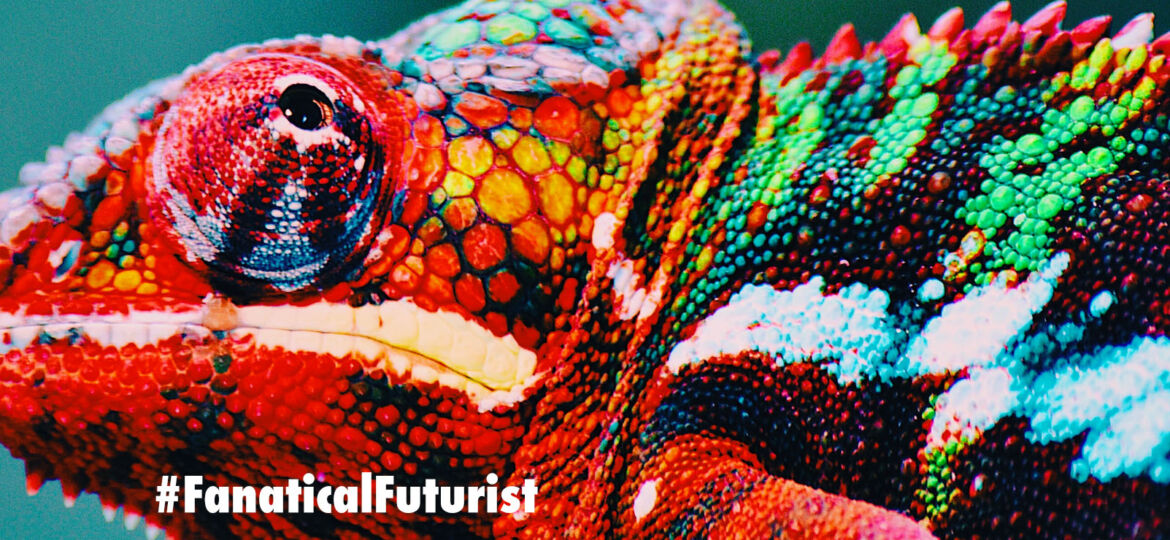
WHY THIS MATTERS IN BRIEF
There is nothing to say that tomorrow’s products can’t change their colour, or even their functionality, on demand, and this is one of the first steps in helping achieve that goal.
Do you remember the colour changing dress that took the internet by storm and went viral on Instagram and Facebook a while ago? Some people thought it was black and blue, and others argued it was white and gold. Now a team at MIT in the US are looking to re-ignite the controversy, but this time it might be possible for the dress in question to be both black and blue and white and gold.
No, I’m not talking about any kind of weird Schrödinger’s Cat thought experiment, but rather a new system called ColorFab that allows 3D printed objects to change colour on demand, courtesy of new special dyes that can be activated and deactivated when exposed to different wavelengths of light.
See the new tech in action
“ With the amount of buying, consuming, and waste that exists, we wanted to figure out a way to update materials in a more efficient way, which was largely the motivation behind this project,” said MIT professor Stefanie Mueller, who led the project, “we’ve developed a system for repeatedly changing the colours of 3D printed objects after fabrication in just over 20 minutes. Specifically, we can re-colour multi-coloured objects using a projector model and our own 3D printable ink that changes colour when it’s exposed to different UV and visible light sources.”
According to Mueller, the technology could allow users to change the colour of different items of clothing in order to accessorise them, or for a retail store to be able to customise its products in real time if a buyer wants to see an item in a different colour.
At the moment it currently takes 23 minutes for the colour change to occur but the team hope that soon it’ll be possible to speed up the process as the project advances. Their eventual aim is to create colour changing materials like the ones seen in Total Recall where one of the receptionists changes the colour of her nails with just a tap of her pen.
“This is just a research prototype at this point, so there are no immediate plans to commercialise it,” says Mueller said, “as a next step, we hope to speed up the colouring process by using a more powerful light and potentially adding more light-adaptable dye to the ink. We also hope to improve the granularity of the colours so that more nuanced patterns can be printed.”
A paper describing the work has been accepted to the ACM CHI Conference on Human Factors in Computing Systems, which takes place next month in Montreal, Canada.
















